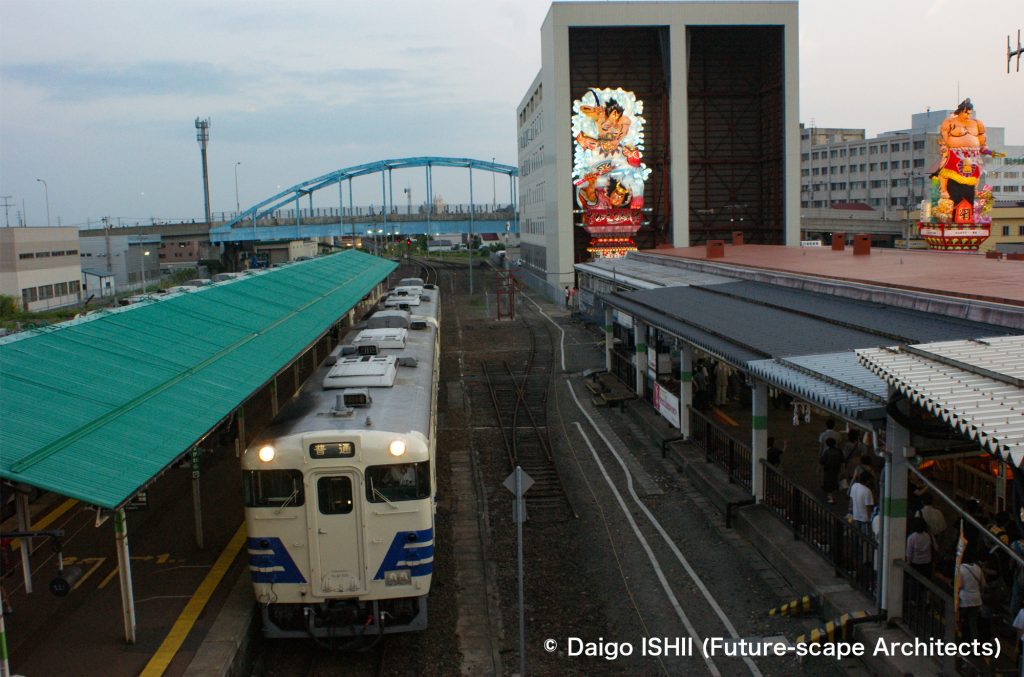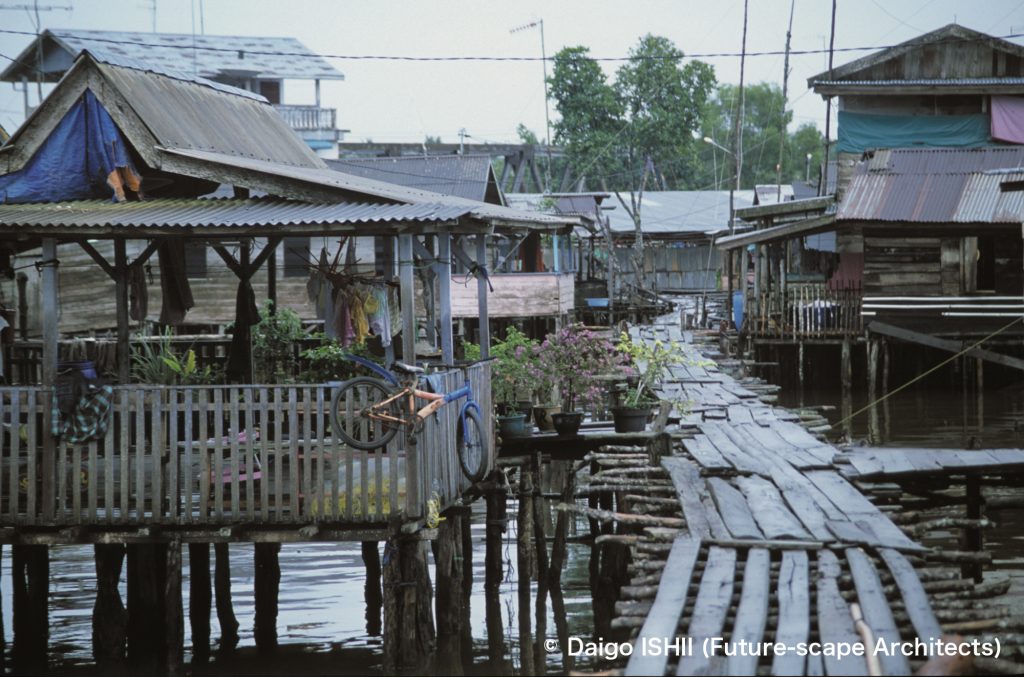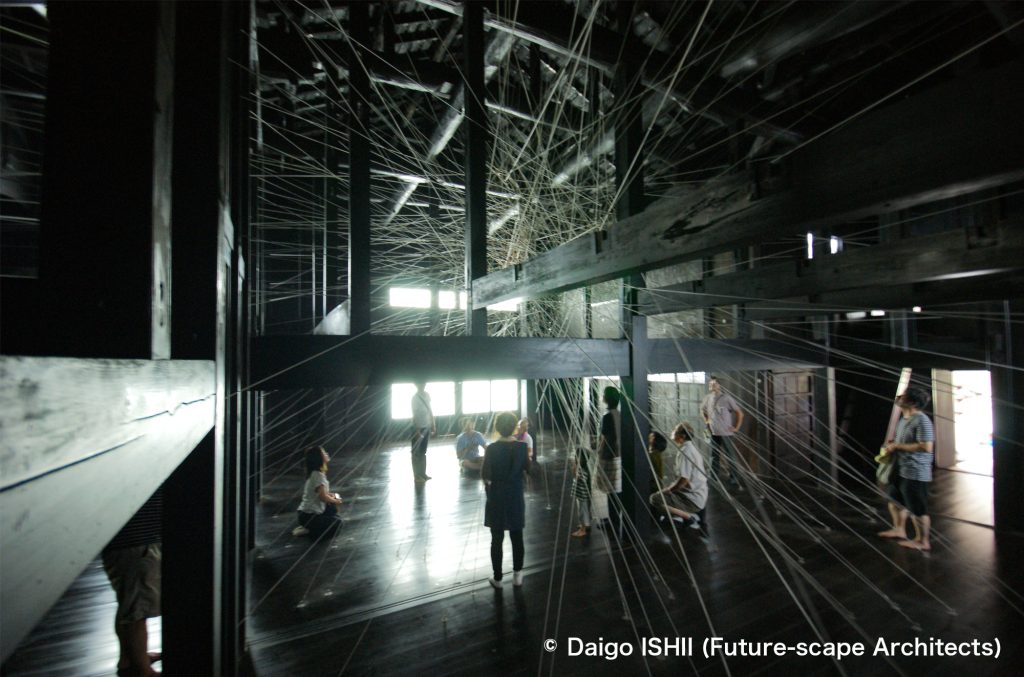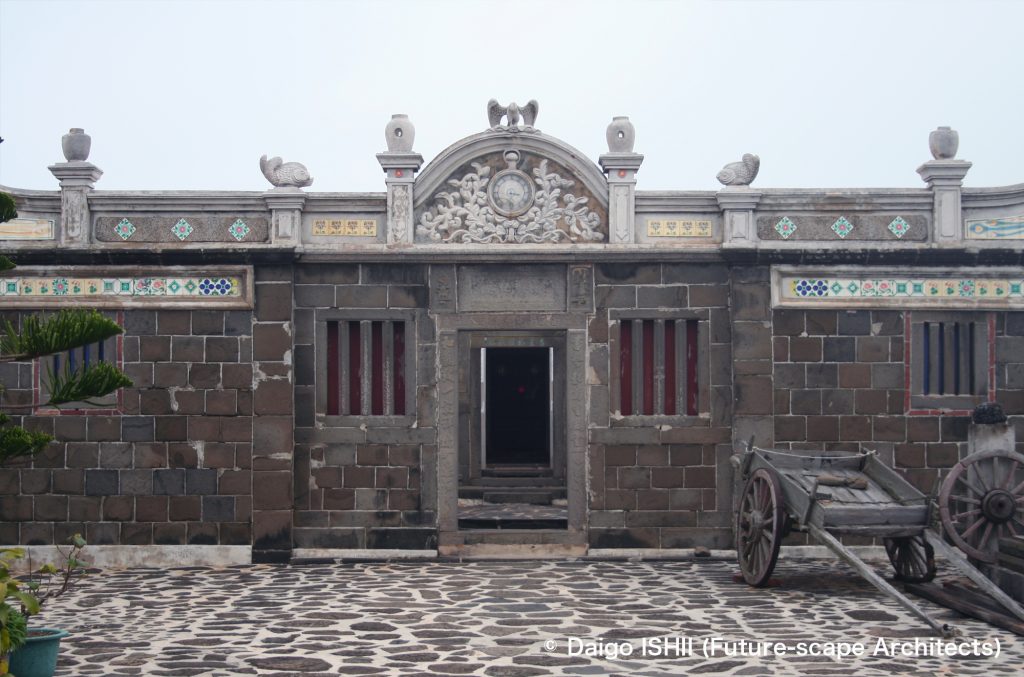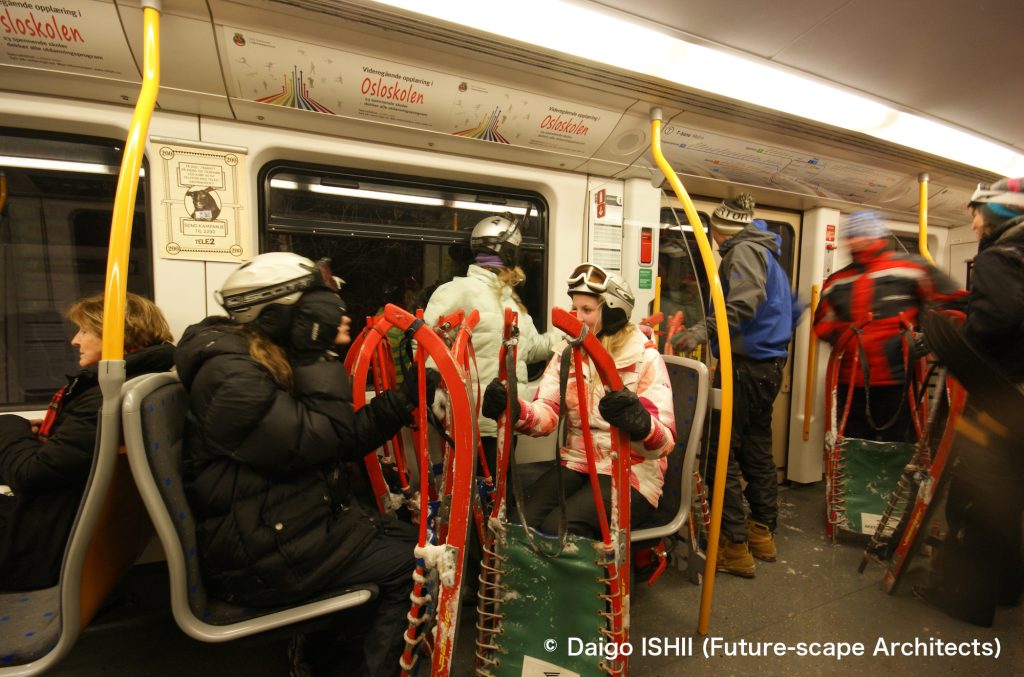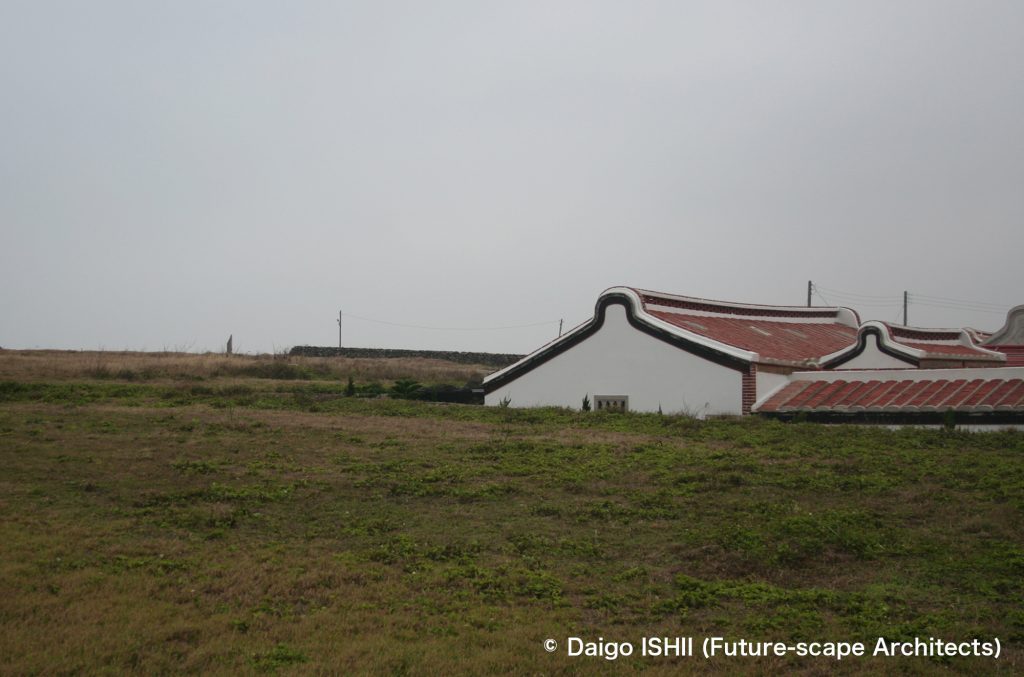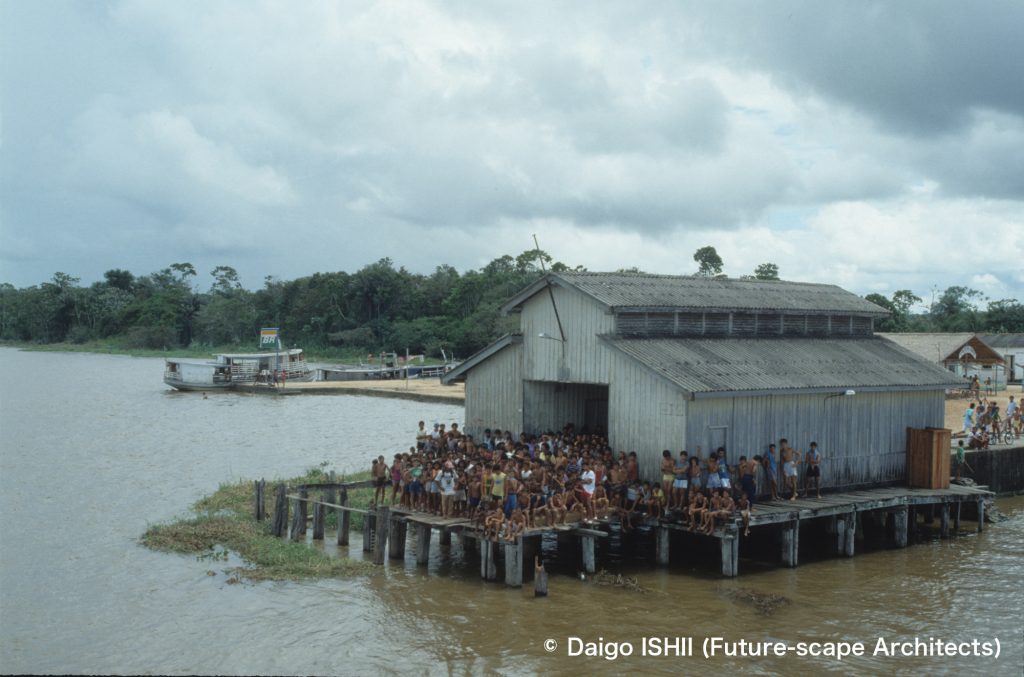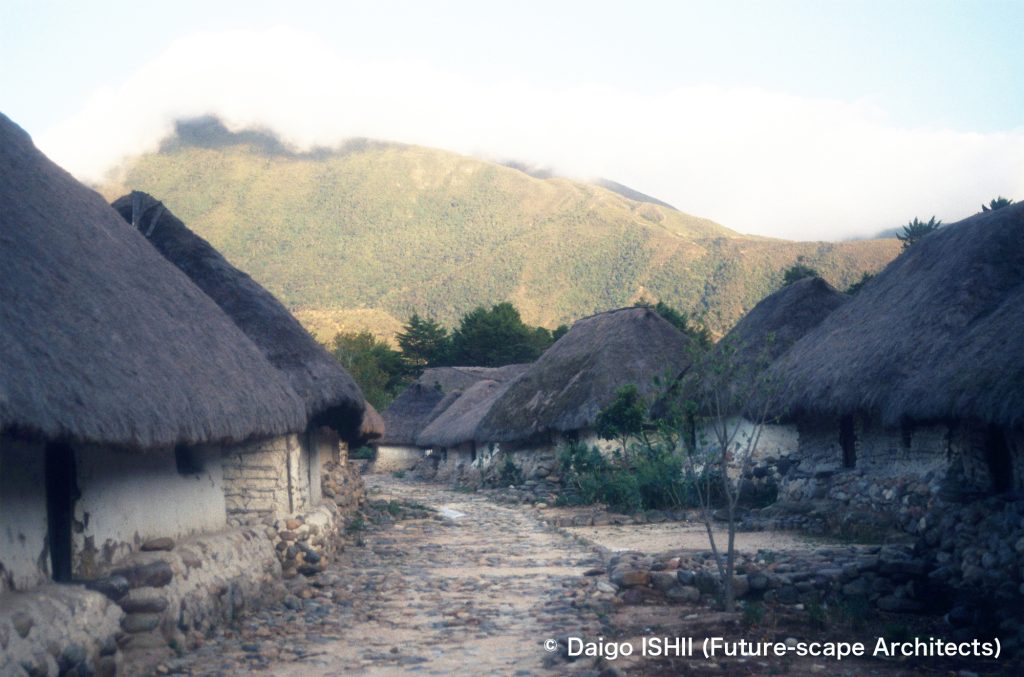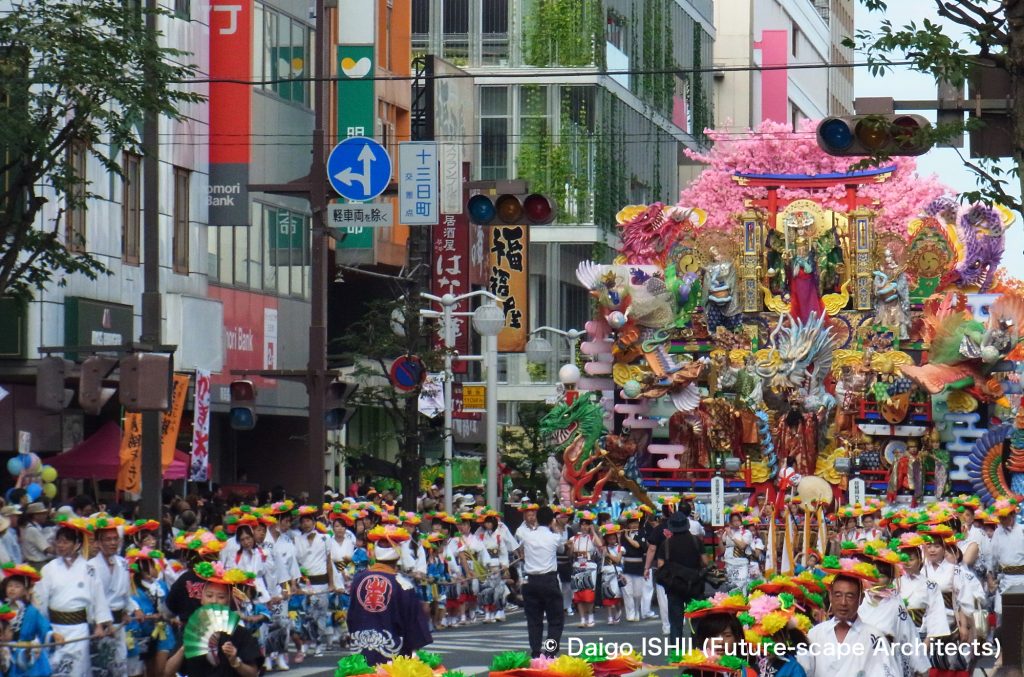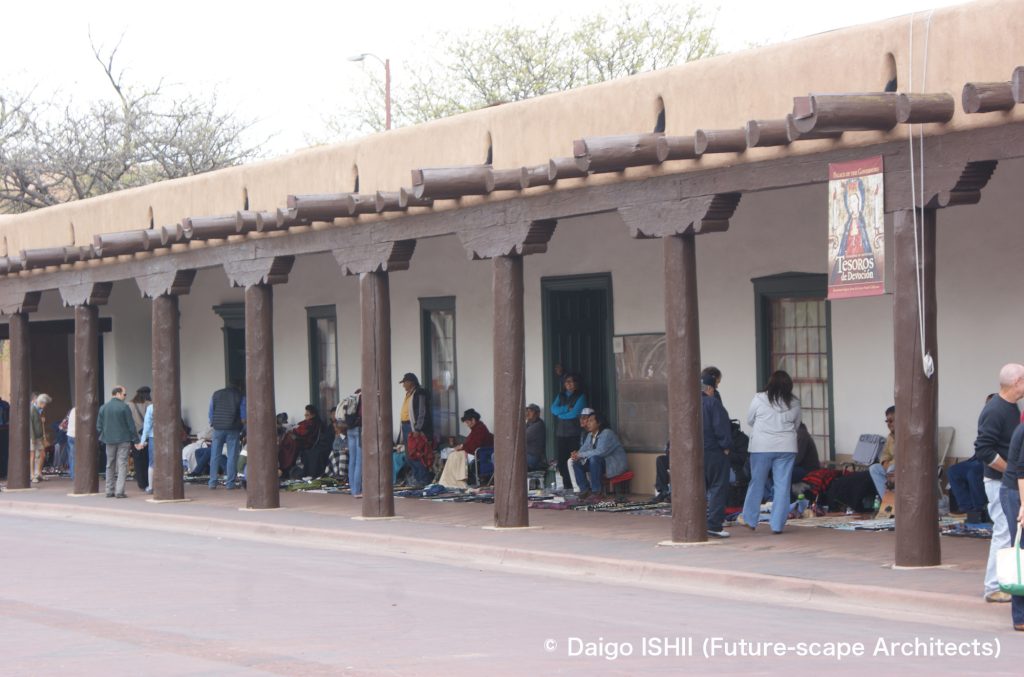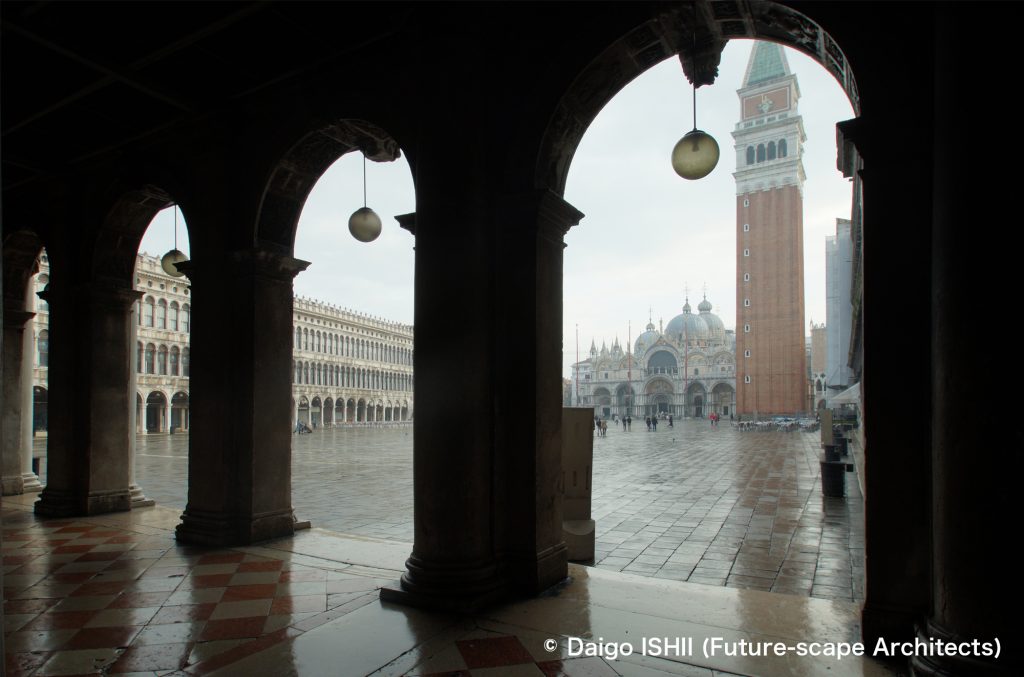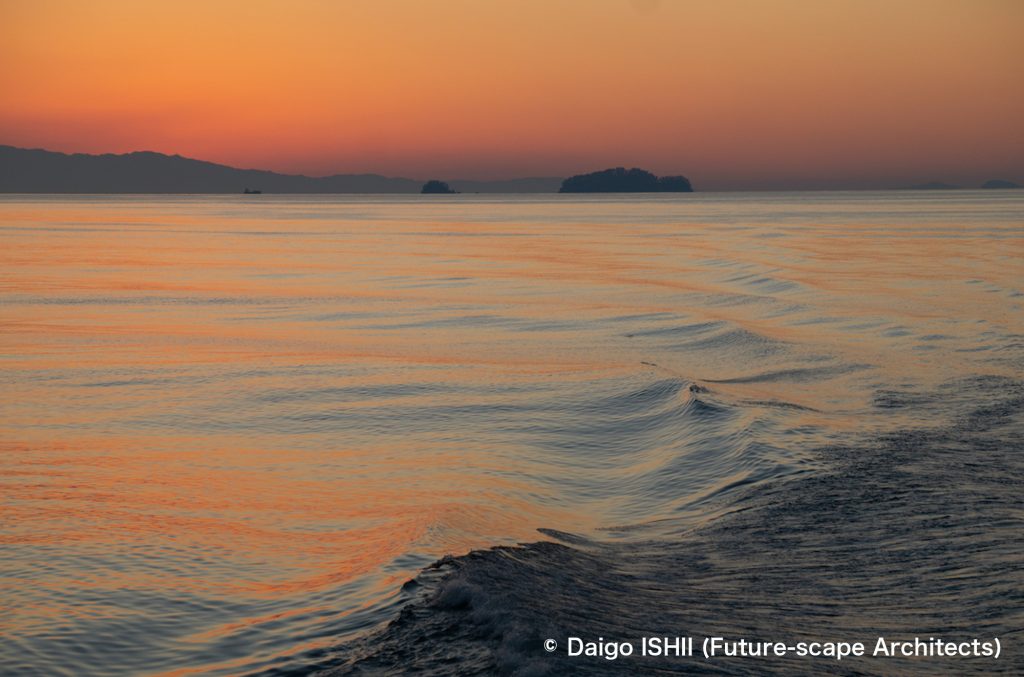Pulau Bintang (Bintan Island) is one hour by boat from Singapore. It is popular as a resort island, but the resort is located in an area on the island's north coast where entry to residents is restricted. Most guidebooks highlight resorts, but the rest of the island also has the places preferred by expert travelers.
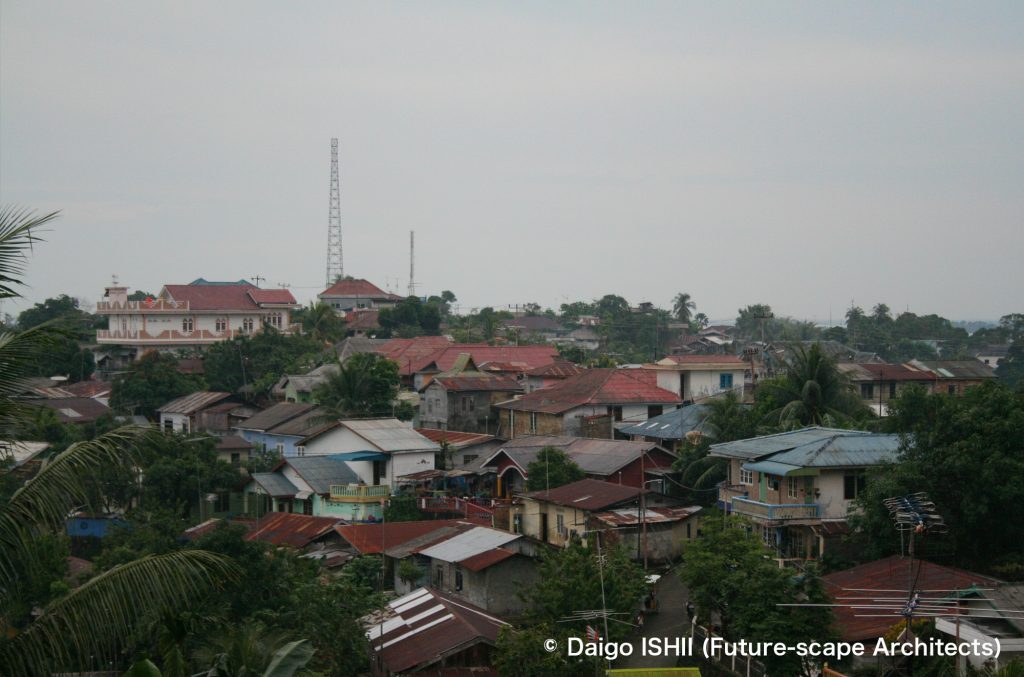
Tanjung Pinang, the island's largest town, has a population of 200,000. The flat land along the coast was small to accept the expanding population. Therefore, the surrounding hills, which ups and downs were very steep, seemed to be developed.
Roads with two-way traffic sometimes ran along the slopes, and narrow streets connected them above and below. I only saw a few stairs. Instead the slopes connected the considerable different levels. That would be the wisdom of daily life that they can reach any spots on the hills not only by walk but also by small car or motorcycle.
I imaged that residential areas on the hill in the third world meant a slum. In reality, it was a favorable middle-class residential area in terms of a Japanese perspective. Most houses were well-built and had well-maintained gardens. A large gardening shop was at the foots of the hill, so people who could afford to enjoy gardening must have increased. The charm of the residential area was the calm atmosphere. The houses with bars on the windows were very few. That showed low crime and a well-organized community. The residents neither showed caution to outsiders nor threatened them, but they were gentle to everyone. The neighbors gathered on the streets or benches under the eaves, and children played soccer on the roads. Kindness filled the community. It reminded me of the scenery of Japanese residential areas when I was a child. Indonesian society seemed to be steadier than I expected.
When coming down from the hills and exploring Downtown Tanjung Pinang, the atmosphere of a certain district suddenly changed. I felt like I got lost in another time. It was in the transition zone from land to sea, and piles stood in the mud.
Most were two-story wooden buildings, and the side walls attached to both ends of the eaves formed the difference from other districts. A few exterior walls were made of corrugated galvanized iron or aluminum, but most older houses had a combination of clapboard walls and wooden batten doors. The residents who tended a store were Chinese. It was the place where Chinese immigrants settled.
As if to resist the waves of urbanization, this district still followed the style of a residence in southern China, the birthplace of their ancestors. Their style didn't developed to a fusion of modern architecture and Chinese-style decorations that could be seen in Chinatowns overseas.
It may be difficult to rebuild due to the ground. However, in Indonesia, where harsh anti-Chinese movements have been repeated many times in the past, a group of people with limited financial resources and vulnerable to external pressure might have shown their unity by keeping on this old architectural form of identity. The architecture seemed to become a fortress to protect them at the edge of the metropolis.
Remaining old formats is sometimes a proof of alienation. In the seemingly tolerant and peaceful Indonesian society of Tanjung Pinang, the Chinese community with its complex background would be able to be free from its own forms someday?
Residential district on the hill
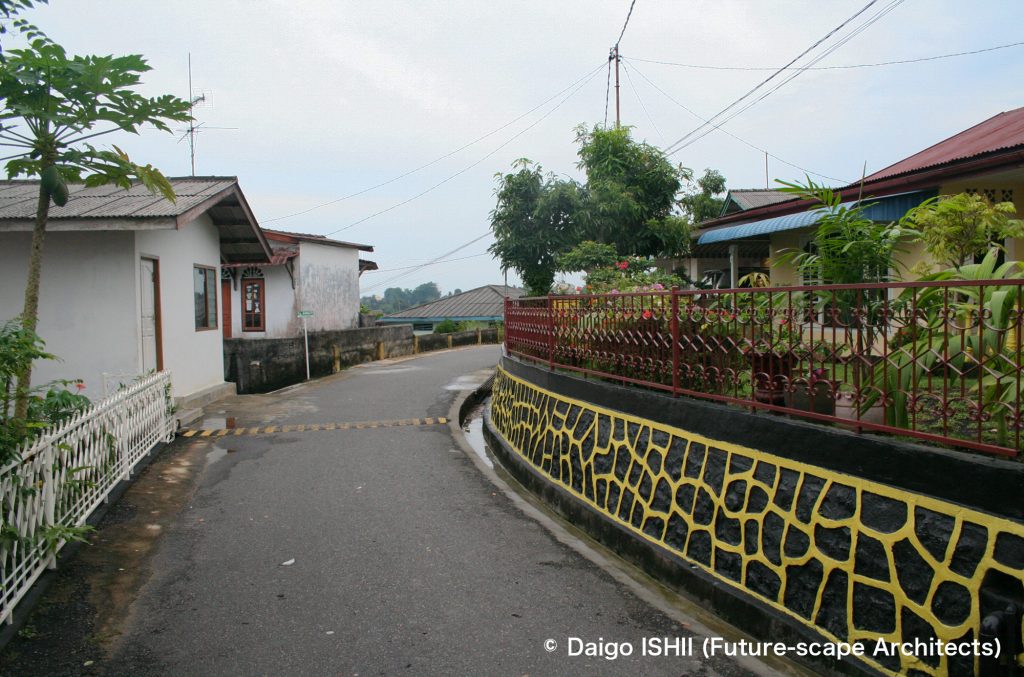
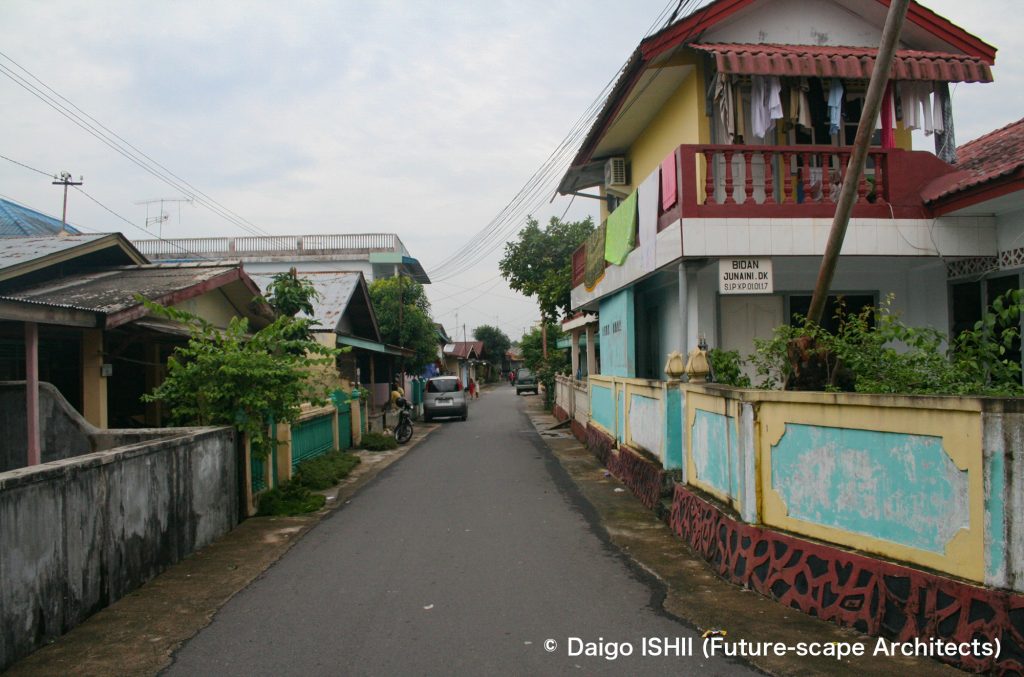
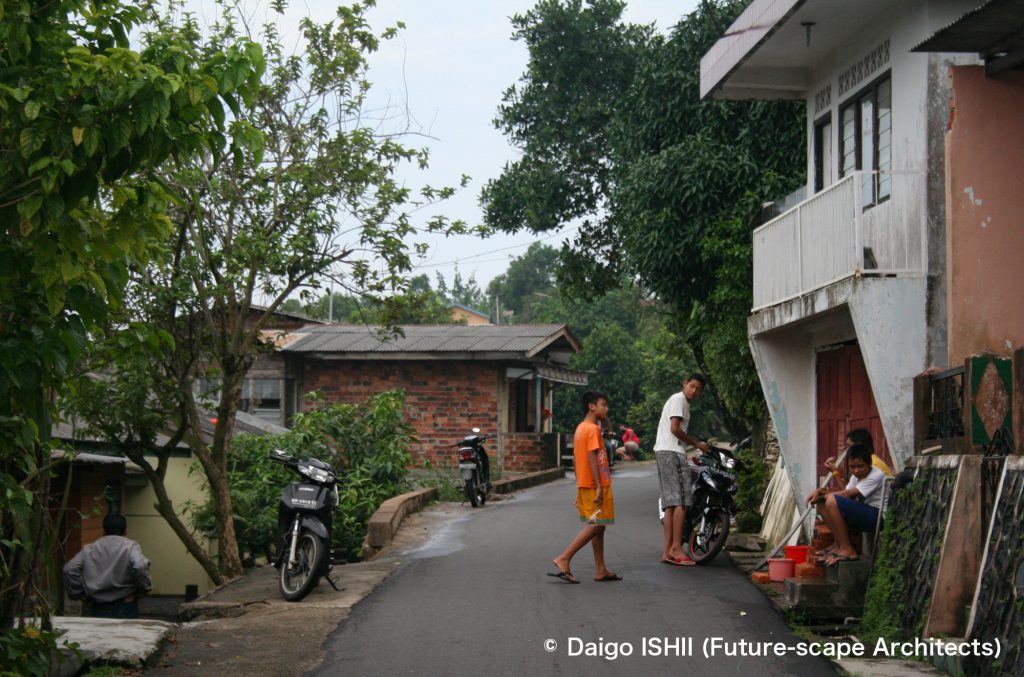
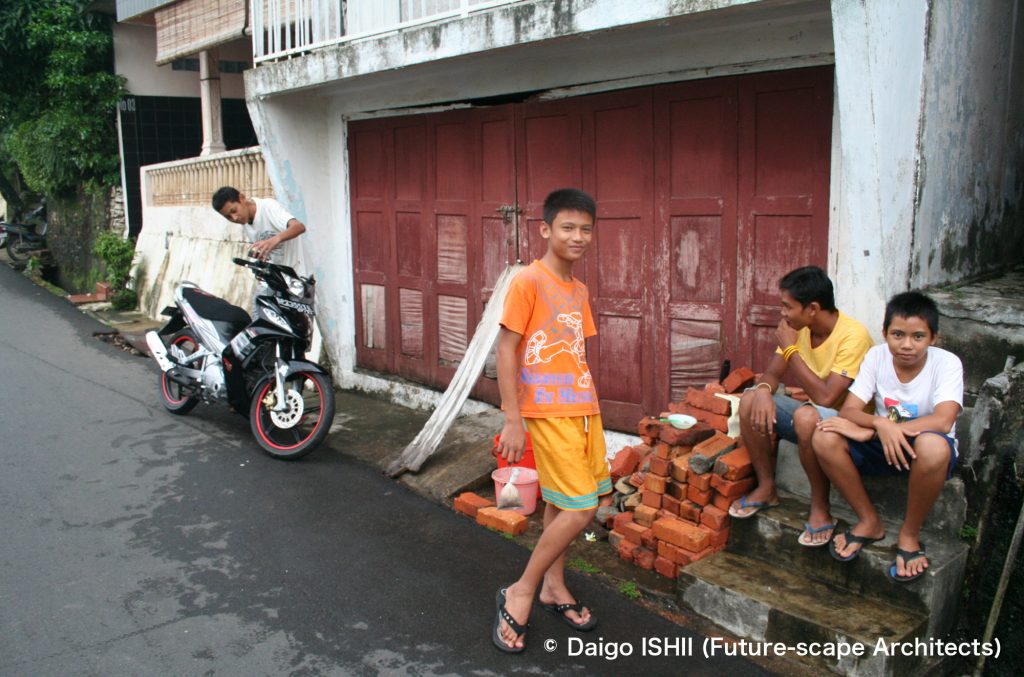
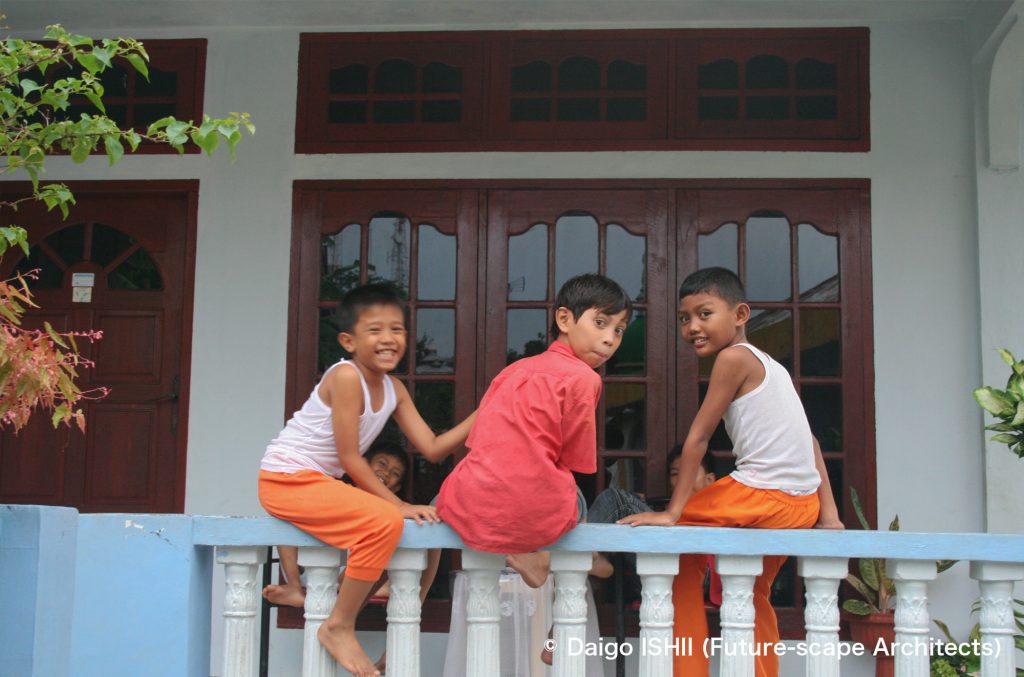
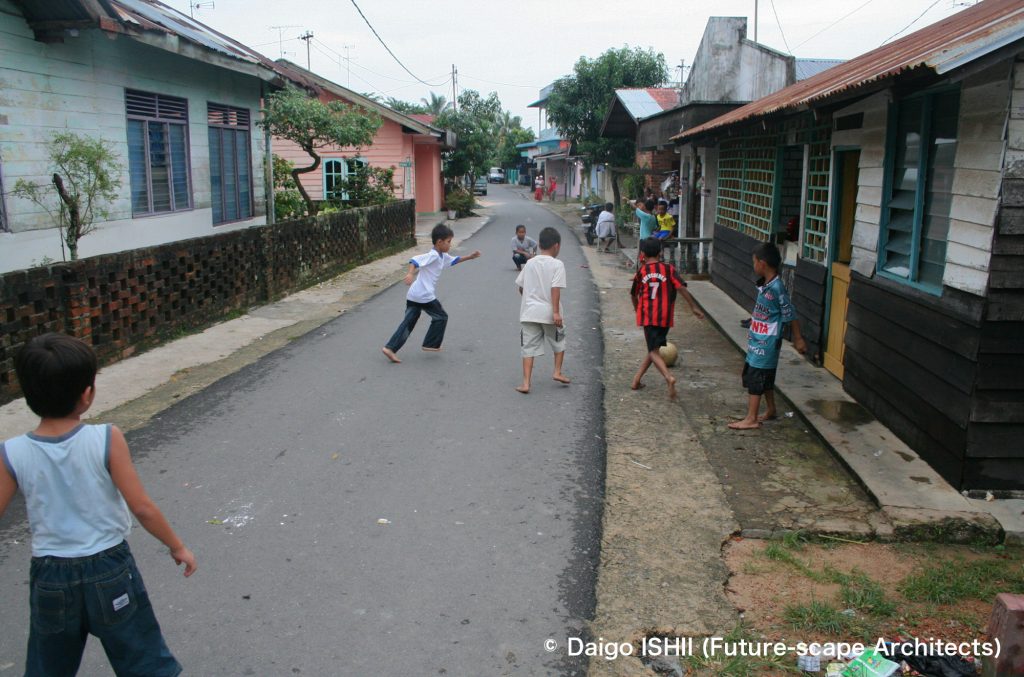
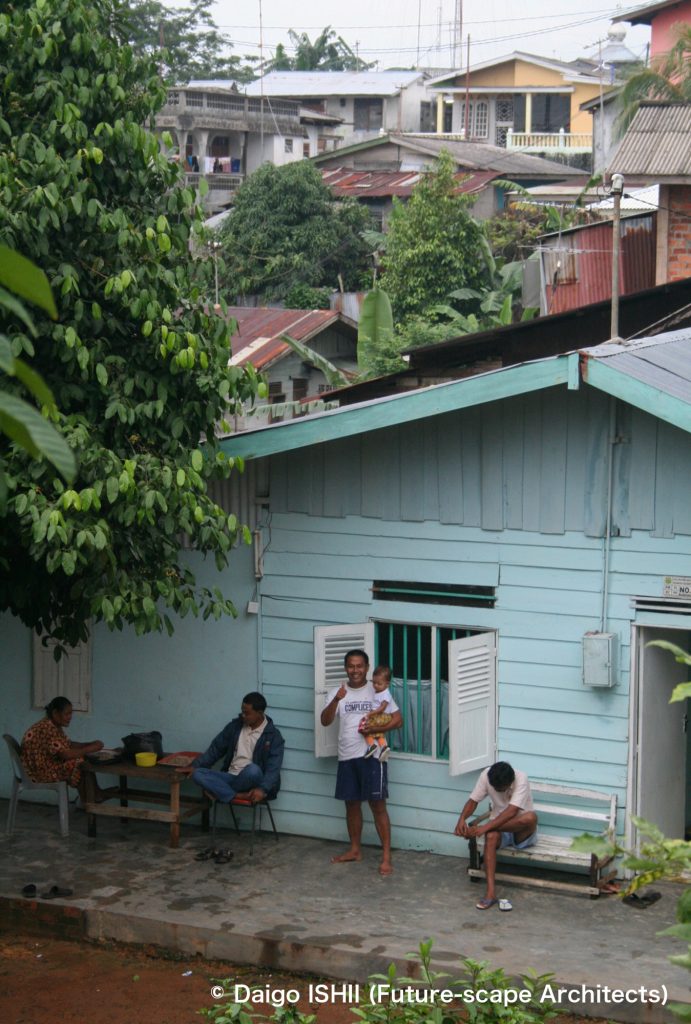
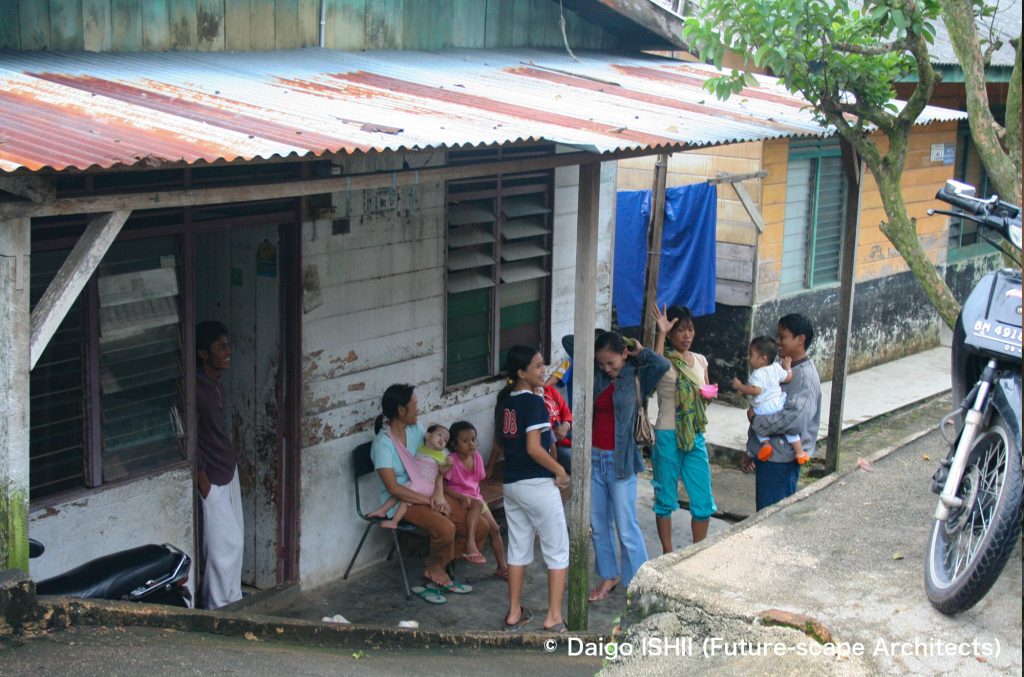
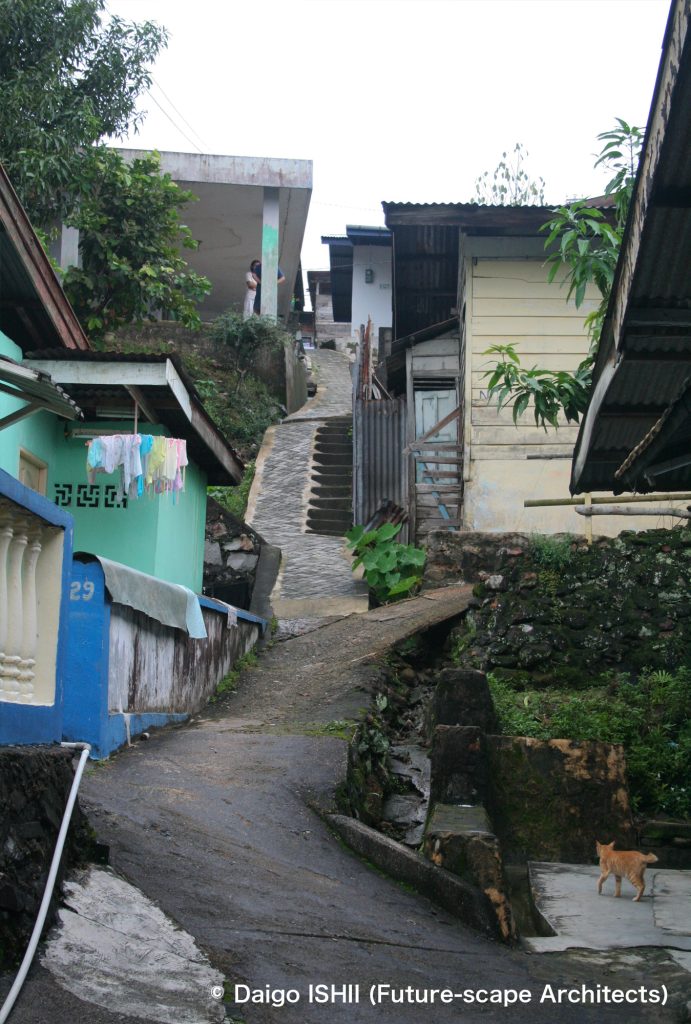
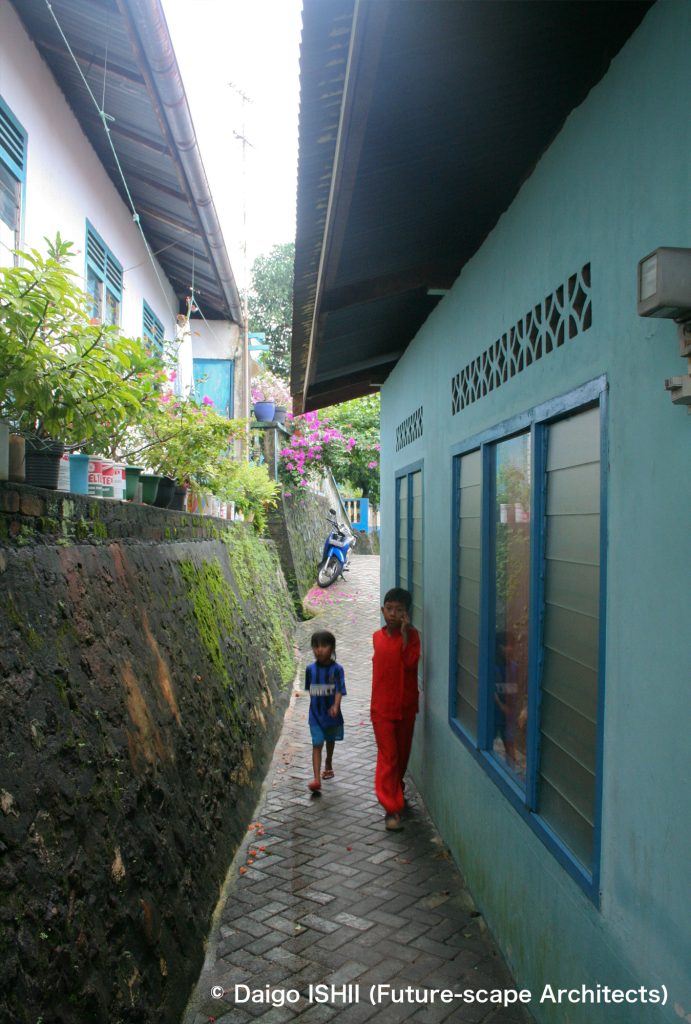
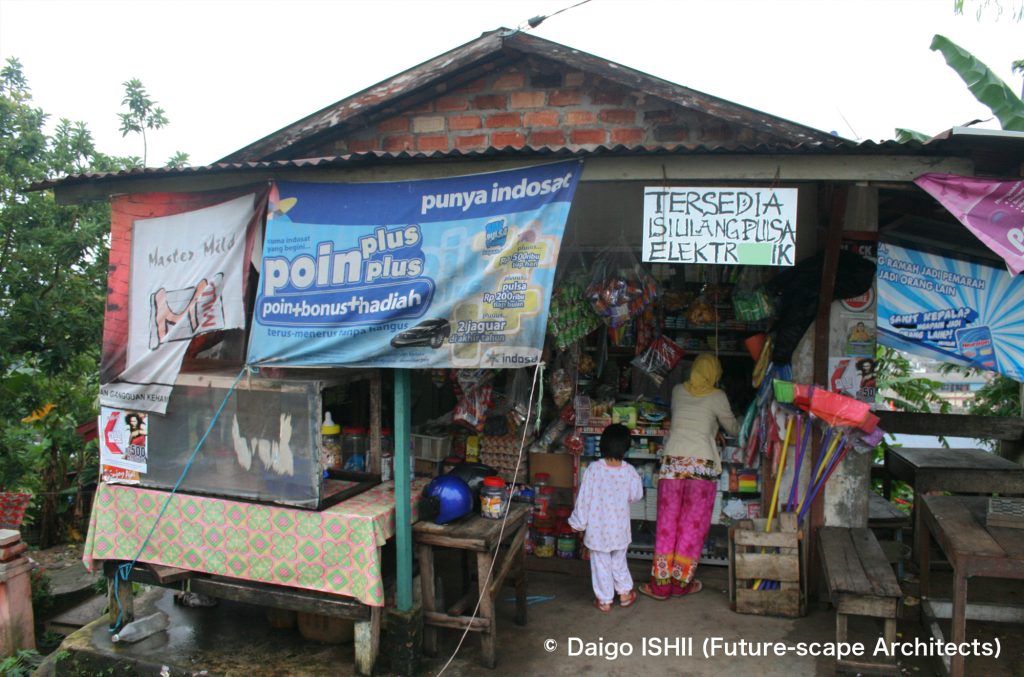
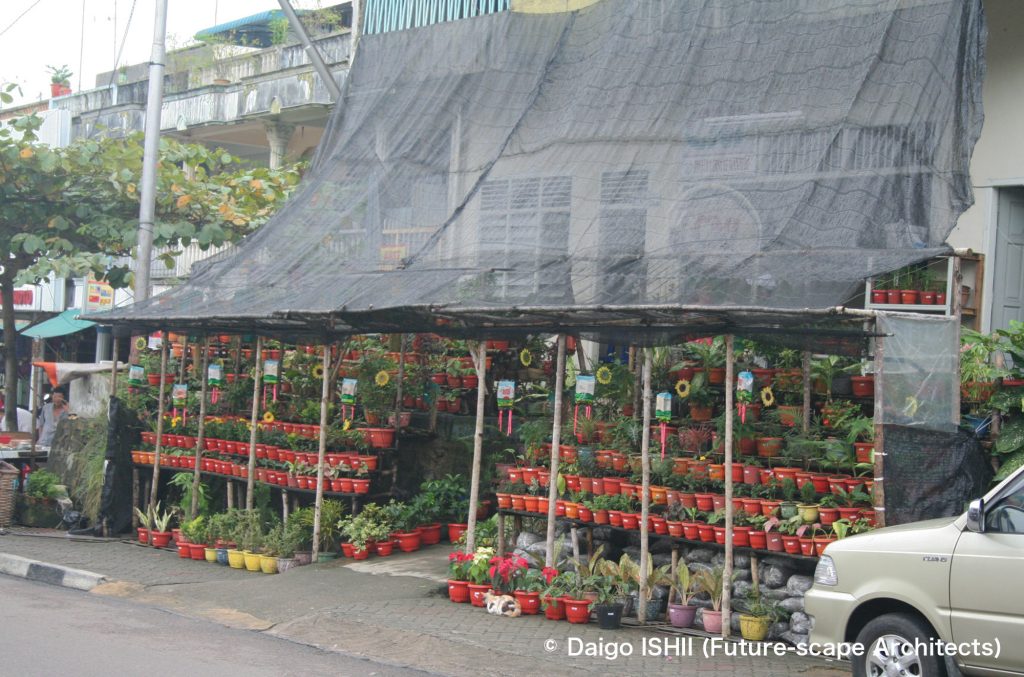
Commercial district in the downtown around the port
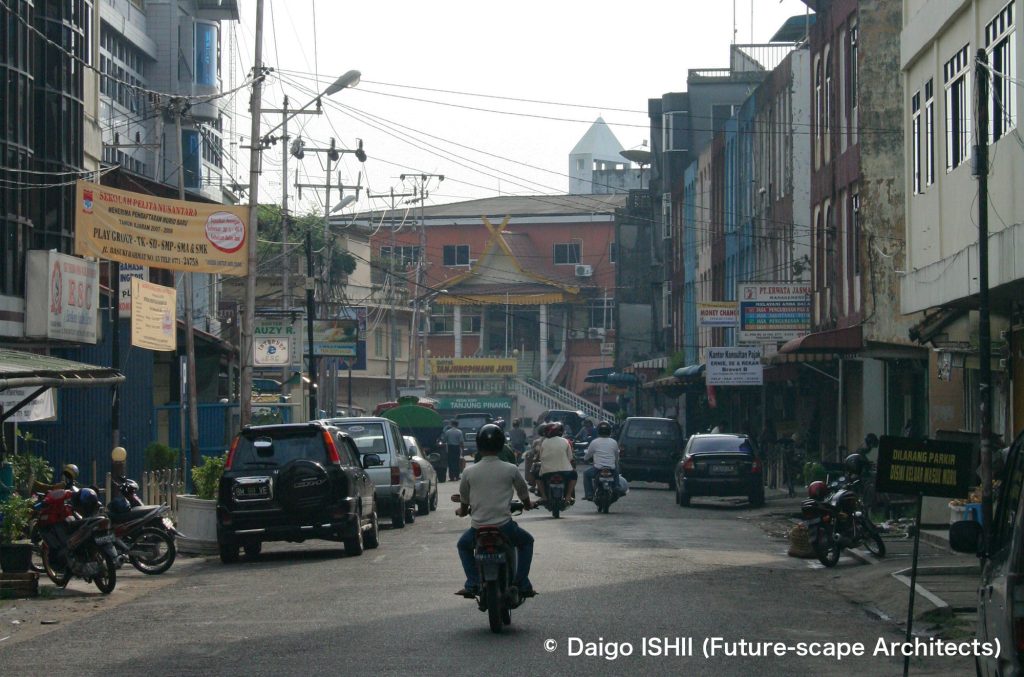

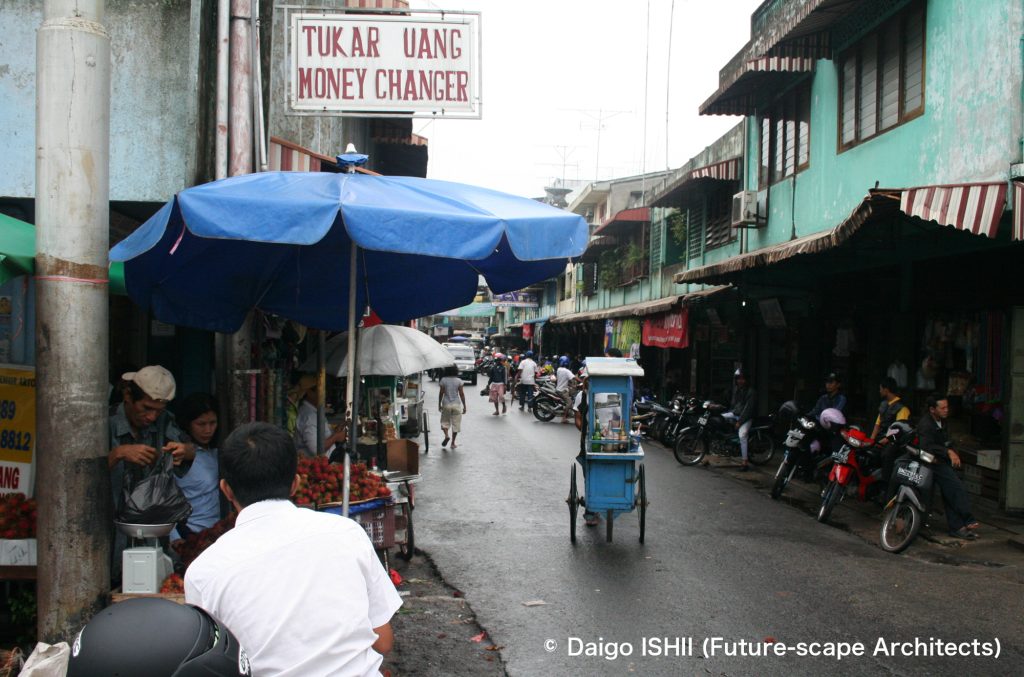
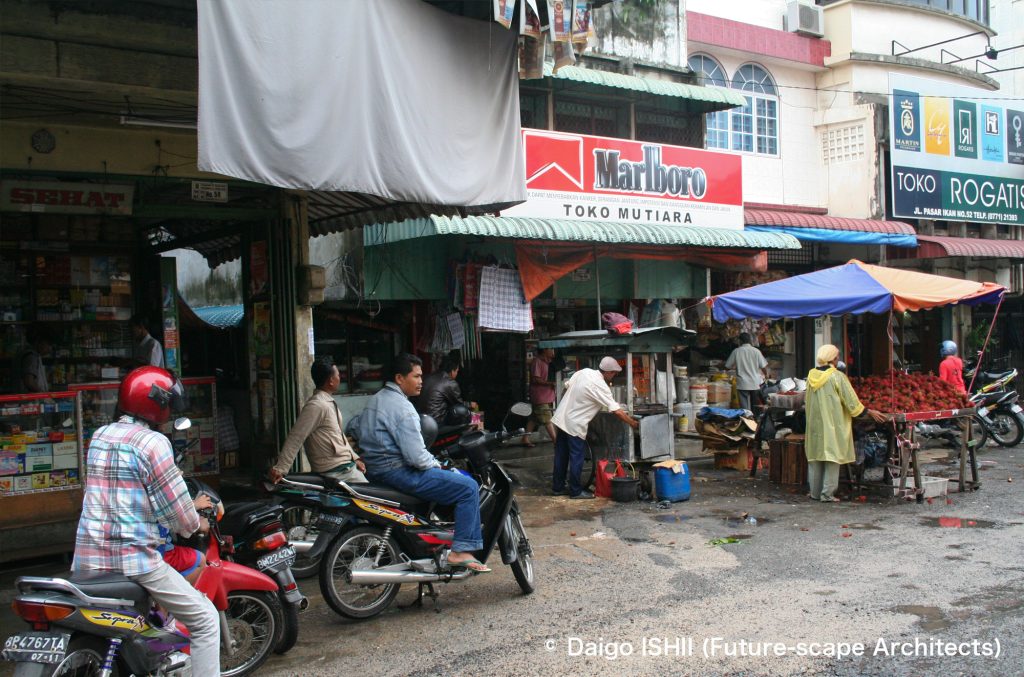
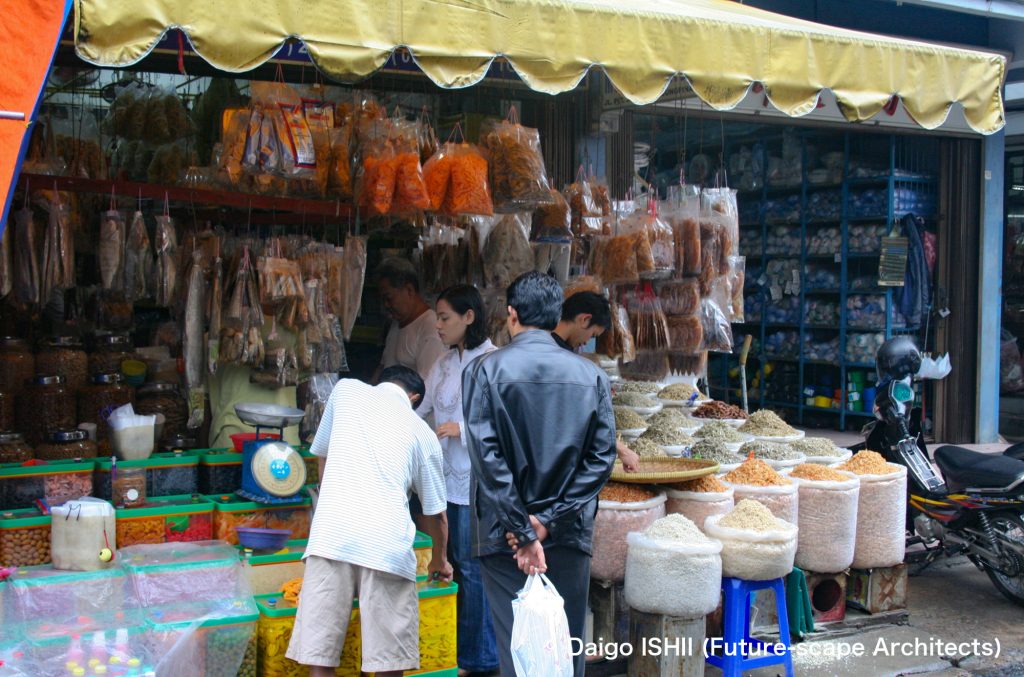
China town
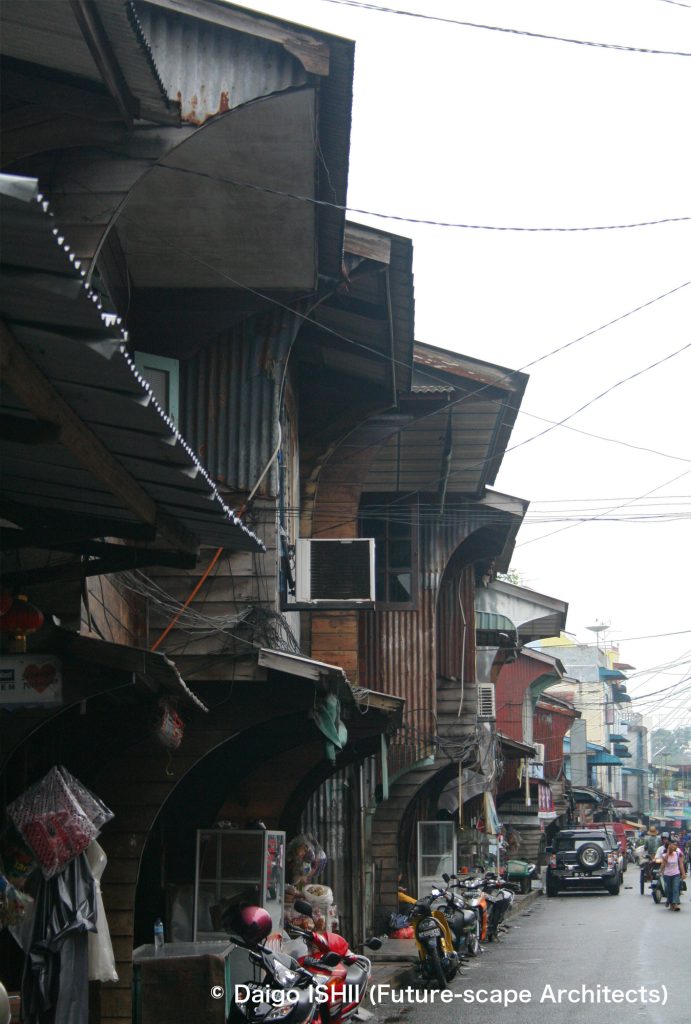
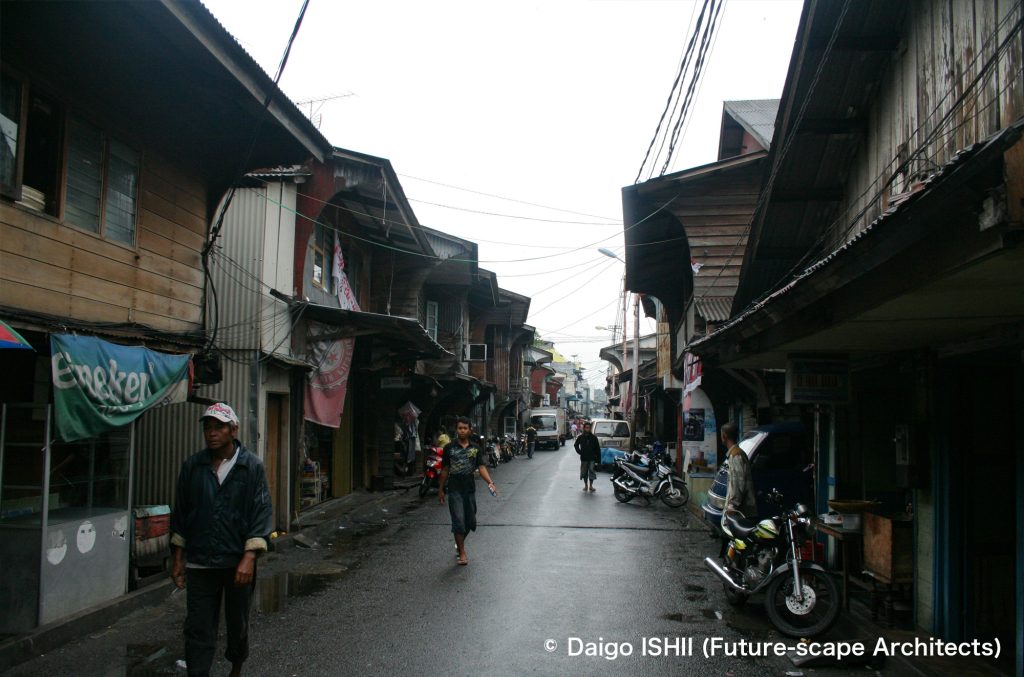
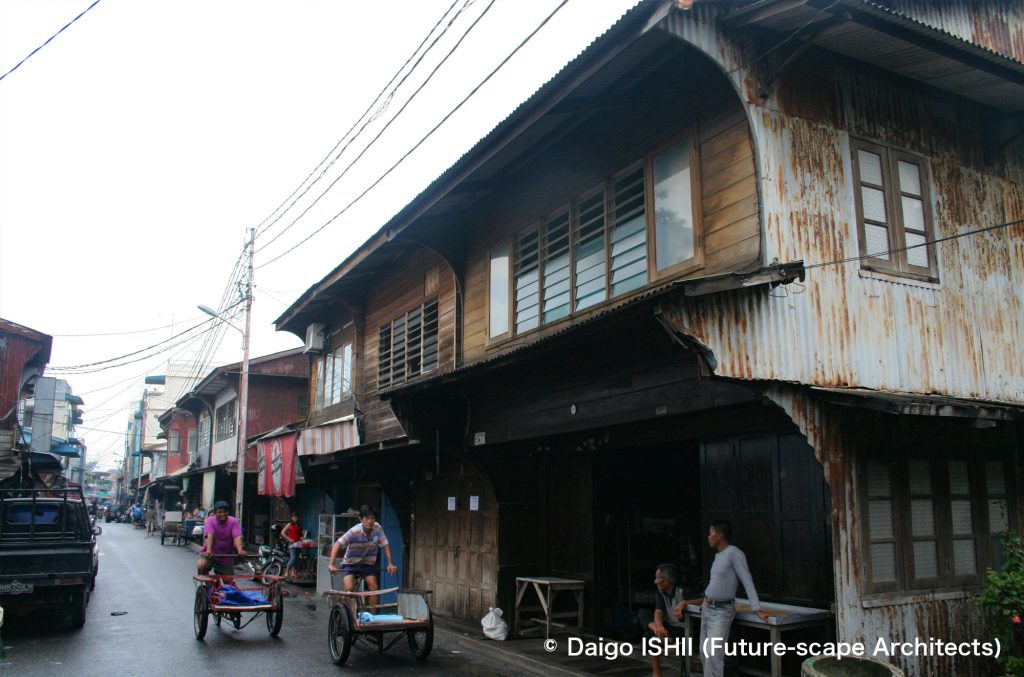
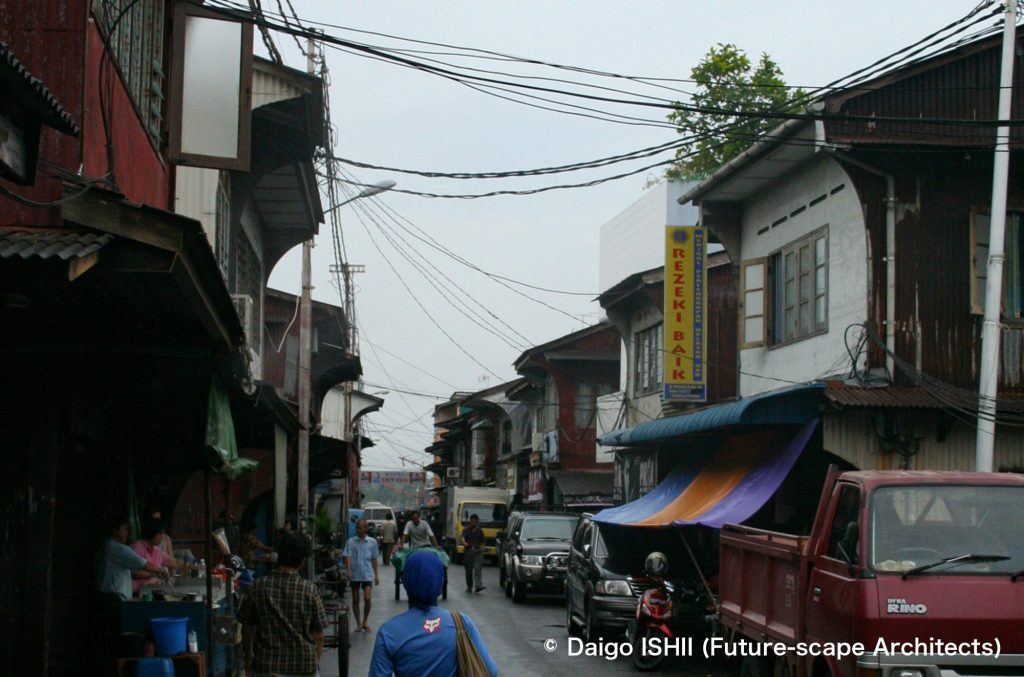
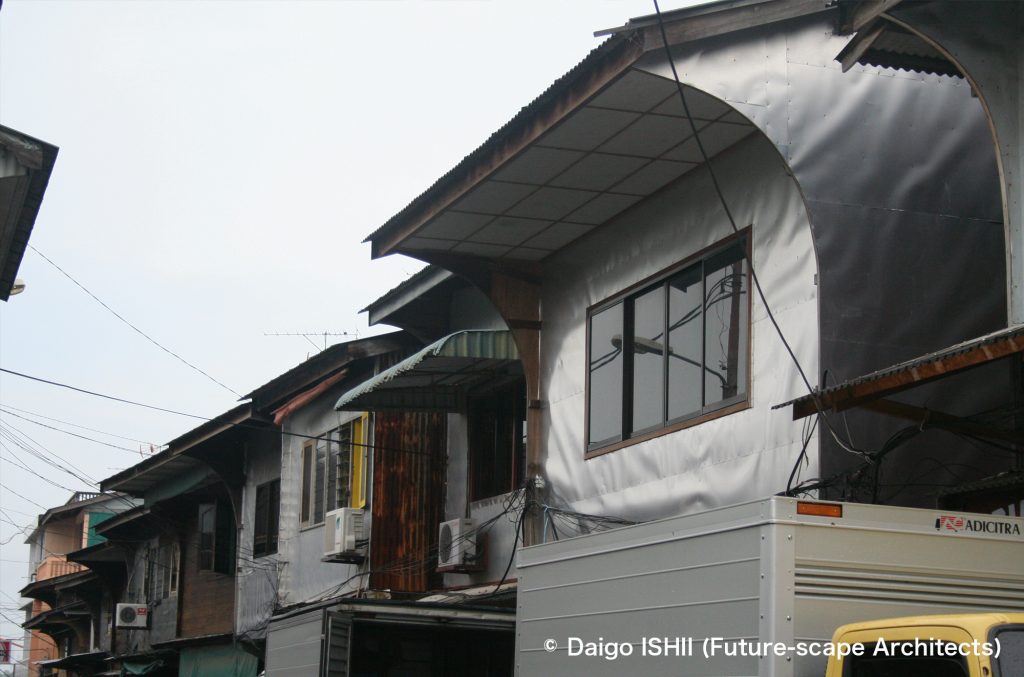
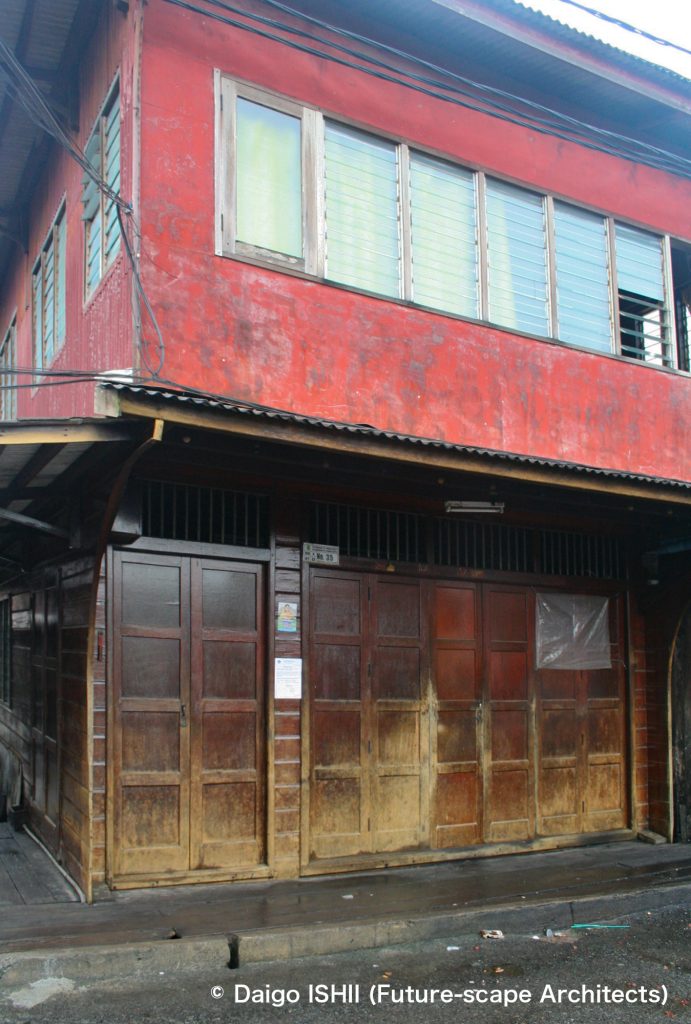
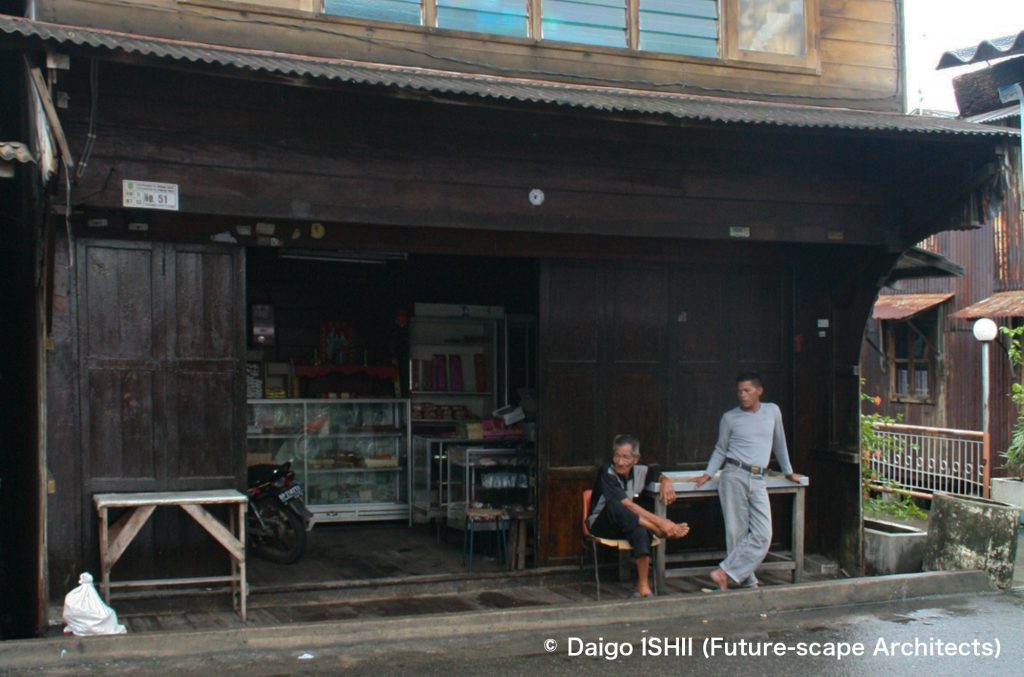
Click here for your impressions
When you want to know more → Landscape of Tanjung Pinang (Tanjung Pinang, Pulau Bintan, Indonesia)
When you want to know more → China Town in Tanjung Pinang (Tanjung Pinang, Pulau Bintan, Indonesia)
reference
Wikipedia
Please do not use or upload our photos without permission.




